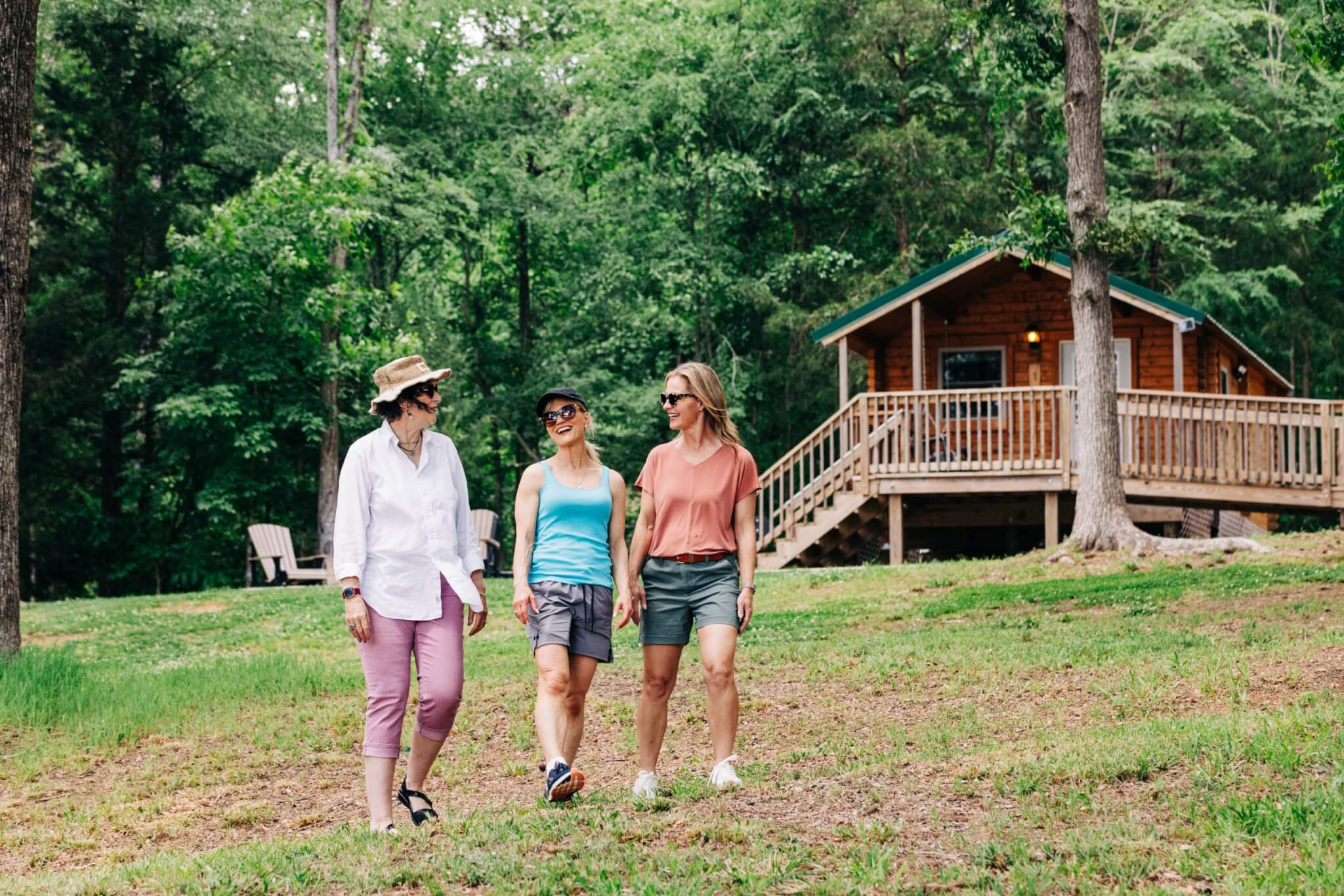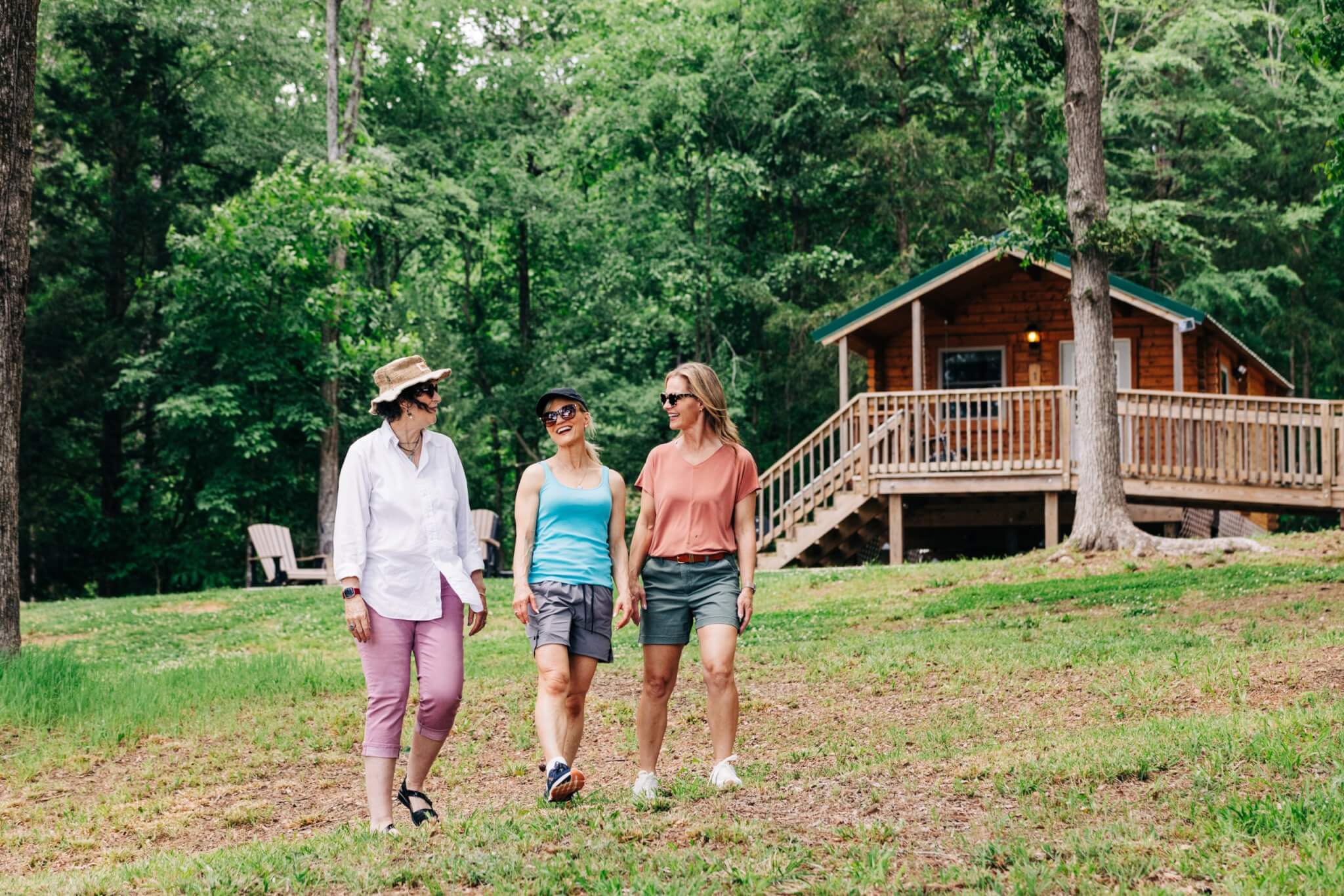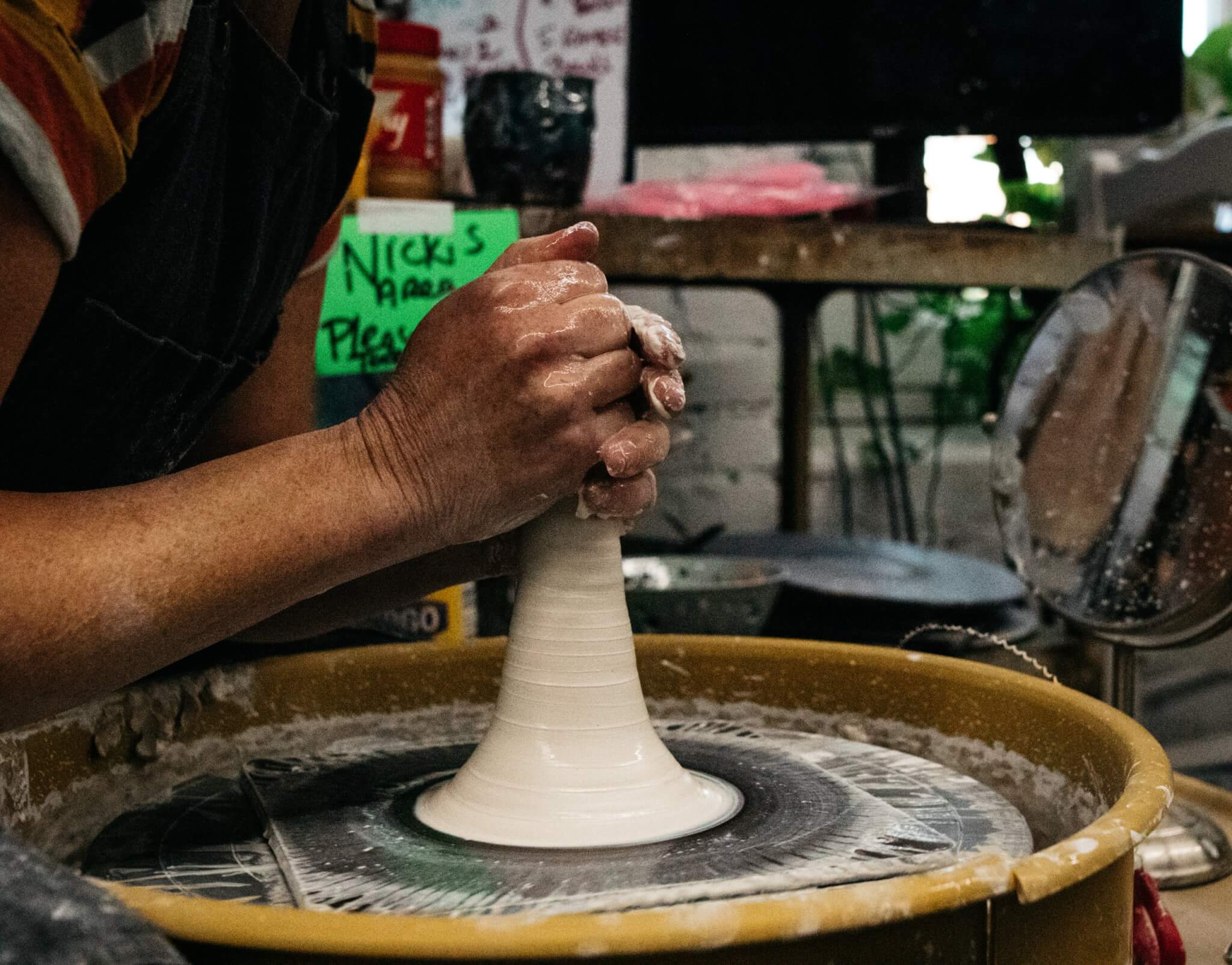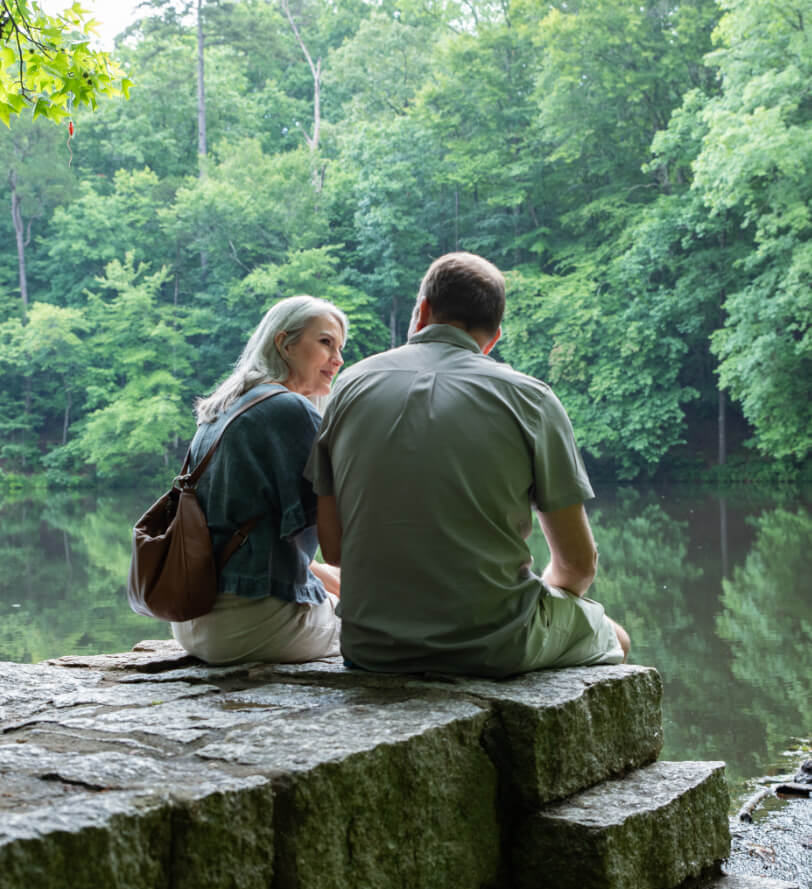
Celebrate Galentine’s Day in the OED
Who says Valentine’s Day is just for couples? Galentine’s Day is all about celebrating friendship, laughter, and the people who make life sweeter! The Olde English District in South Carolina is full of charming spots and experiences perfect for a Galentine’s celebration. From brunch dates and boutique shopping, self care and creative experiences, here’s how to plan the ultimate Galentine’s experience in the Olde English District.

Start with Brunch or Coffee (Because Every Galentine’s Day Should)
Nothing says Galentine’s Day like a long brunch with coffee refills and plenty of time to catch up. Across the OED, you’ll find cozy cafés and local favorites perfect for starting the day. Grab a cup of coffee and pastries at places like Hebrews and She Bakes in downtown Chester, Daily Grind Coffee Bar in downtown Lancaster or The Caffeinated Cow in Cheraw. For more of a sit-down, full-on brunch experience, check out The Flipside Cafe in Fort Mill for delightful treats like fried chicken and waffles or smoked salmon avocado toast.

Shop Small & Treat Yourself
After brunch, spend the afternoon shopping small in the Olde English District’s charming downtowns. One of the best parts of a Galentine’s Day outing is browsing local boutiques, finding something new, and supporting women-owned and locally owned businesses along the way.
Check out places like:
- The Preppy Pineapple (Lancaster) – A go-to spot for women’s fashion and jewelry, perfect for finding something fun, stylish, and totally you.
- The Boutique at Broad River (Chester) – Women’s clothing plus a little bit of everything else for everyone, making it a great stop when your group has different tastes.
- The Blush Blossom (York) – Trendy women’s clothing and accessories you’ll want to wear straight out of the store. They also offer on-site permanent jewelry!
- Pink Stable (Camden) – A favorite for women’s clothing and accessories with Southern charm.
- The Cotton Barn Boutique (Union) – Stylish women’s clothing and unique finds in a welcoming small-town setting.

Slow Down with Self-Care
Sometimes the best kind of self-care is simply slowing down, stepping outside, and enjoying fresh air with your favorite people. Galentine’s Day is a great excuse to unplug and reconnect while exploring the natural beauty of the Olde English District.
The OED is home to nine South Carolina State Parks, each offering peaceful trails and scenic views. Whether you’re looking for an easy walk or a longer wander, a state park visit is a refreshing way to celebrate friendship.
Some perfect Galentine’s Day outdoor ideas include:
- Taking a leisurely walk along a wooded trail
- Enjoying lake views and fresh air
- Packing coffee or snacks and chatting at a picnic table
- Snapping photos together surrounded by nature
Spending time outdoors is a simple but meaningful way to recharge and it pairs perfectly with brunch, shopping, or dinner plans before or after your park visit.

Plan a Creative Experience Together
Galentine’s Day is the perfect excuse to try something new and make memories together. A creative experience gives you built-in quality time and something fun to take home when the day is over. Across the Olde English District, there are plenty of ways to get hands-on and creative with your friends.
Creative Galentine’s Day ideas include:
Doing a paint‑n‑pour or art class at Chastain’s Studio in Lancaster, or Buff‑N‑Stuff in Cheraw, for a fun, creative experience you can enjoy together.
Getting creative with pottery, whether it’s taking a pottery class at Spinning Out Pottery in York, SC, where you can learn new skills and create something one-of-a-kind, or enjoying pottery painting at Dodo-N-Jeans in Camden or Heavenly Arts – Ceramics in Union, both are relaxed and fun settings perfect for chatting while you paint.

End the Day with Drinks
Wrap up your Galentine’s Day celebration by grabbing drinks and toasting to friendship. From wine bars to unique sipping experiences, the Olde English District has plenty of fun ways to end the day.
Drink Spots Across the OED:
- Green Space Plant Co (Rock Hill) – Sip wine while shopping for plants and greenery, a perfect mix of relaxing and fun.
- Laurel Haven Winery (Lancaster) – A local favorite that always has something fun going on, from events to live music.
- Broad & Vine (Camden) – Try different wines in a cozy, welcoming setting.
- Wild Bee’s Bottle Shop (Chester) – Stocked with your favorite beer, wine, and seltzers, making it easy to find something everyone loves.
Raise a glass to laughter, memories, and celebrating the people who make life sweeter.
Make It a Galentine’s Weekend Getaway
Why limit the fun to one day? Turn your Galentine’s celebration into a weekend getaway by staying overnight in one of the OED’s charming inns or hotels. Spend the next morning strolling a local greenway, grabbing coffee, or fitting in one last shopping stop before heading home.
Celebrate Friendship in the Olde English District
Galentine’s Day is about celebrating the friendships that make life brighter. With local brunch spots, unique boutiques, creative experiences, and places to grab a drink, the Olde English District is the perfect place to gather your friends and celebrate. Share your photos on social media using #oedtravel for a chance to be featured in the OED’s online gallery.
Start planning now and make this Galentine’s Day one to remember, OED style!

